Have you ever fallen in love with a dog’s sweet face, only to discover later that your new best friend has a few unexpected quirks? You’re not alone. Countless dog lovers have been surprised to find their dream breed has hidden behavioral issues—things that didn’t show up until after the “honeymoon” period was over. It can feel overwhelming, even heartbreaking, to realize your furry companion’s challenges, but you’re not a bad owner for being caught off guard. Let’s pull back the curtain on 10 popular dog breeds and the secret sides of their personalities that sometimes catch even the most prepared pet parents off guard. You’ll find empathy, practical advice, and maybe even a few chuckles—because when it comes to our dogs, we’re all in this together.
Border Collie: The Overthinker With Boundless Energy
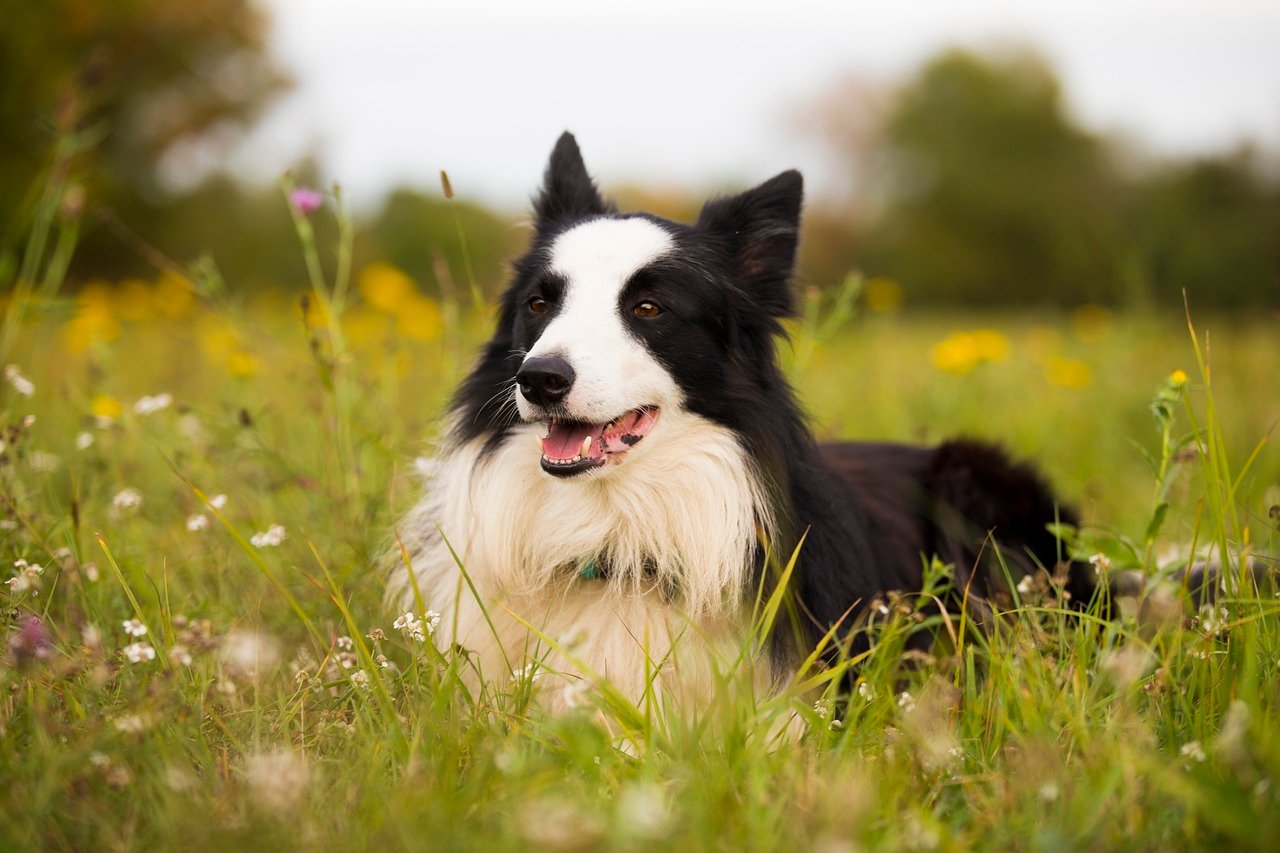
Border Collies are often praised as the smartest dogs around, but that intelligence can come with a price. Many new owners are thrilled by their pup’s quick learning—until they realize that a bored Border Collie will invent its own “job,” which might include herding children, chasing cars, or redecorating the living room. Their need for mental stimulation is serious, and without enough challenges, these dogs can develop compulsive behaviors like tail-chasing or even obsessive licking.
If you notice your Border Collie pacing, staring at shadows, or becoming fixated on moving objects, it’s a sign they need more to do. Think of them as canine overachievers who get anxious when they’re not busy. Daily training sessions, agility courses, or puzzle toys can be lifesavers. It’s not about running them ragged—it’s about giving their minds as much attention as their muscles.
Shiba Inu: The Charming Escape Artist
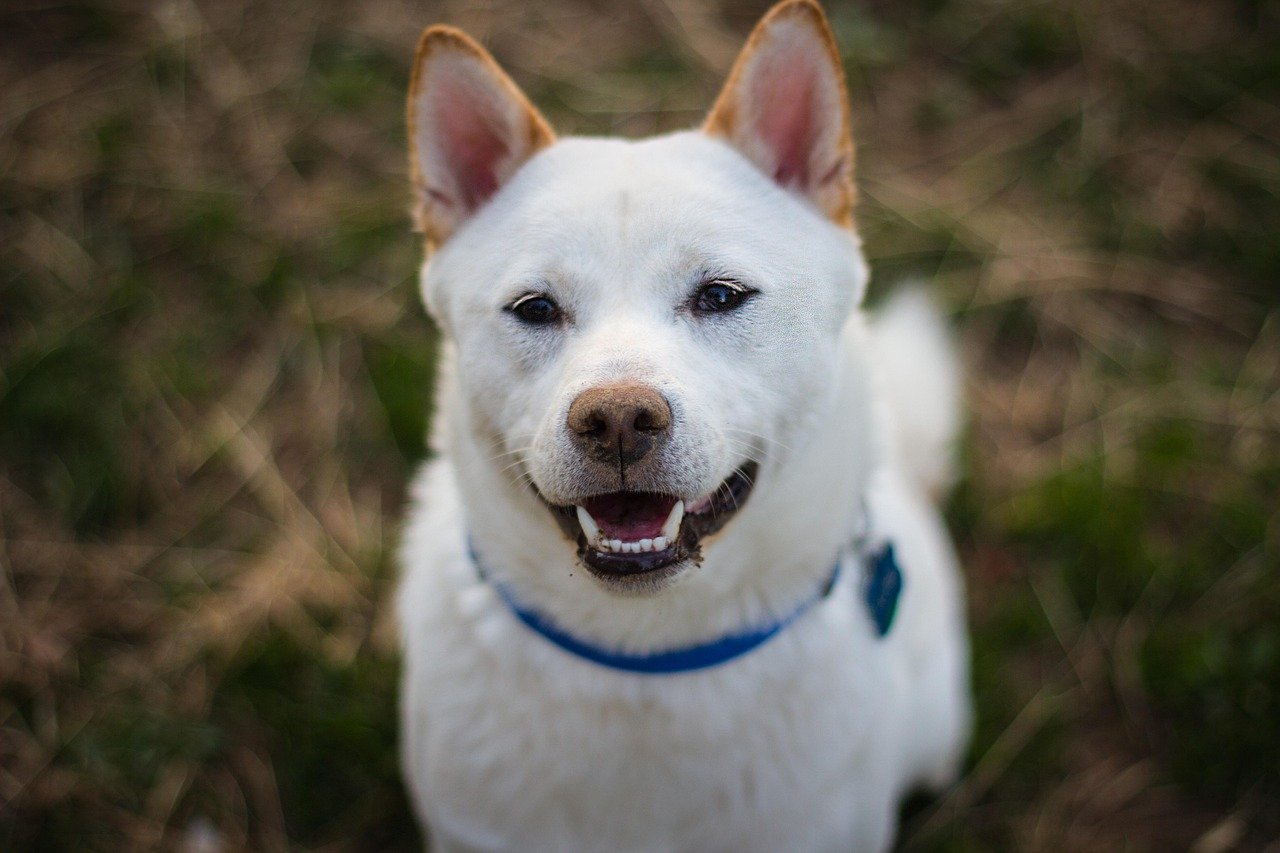
Shiba Inus are undeniably adorable, with their fox-like faces and independent streak. But that independence can quickly turn into stubbornness and an urge to bolt at the first opportunity. Many Shiba owners are shocked to discover just how good their dog is at finding weak spots in fences or slipping out of harnesses. The breed is notorious for running off, ignoring recall, and treating commands as mere suggestions.
Early signs include ignoring their name, fixating on open doors, or eyeing the backyard fence with too much interest. Prevention starts with secure fencing, escape-proof harnesses, and lots of positive reinforcement training. Don’t be hurt if your Shiba seems aloof or chooses when to listen—it’s not personal. These dogs are fiercely independent, so patience and humor are must-haves.
Dalmatian: The Sensitive Soul With a Stubborn Streak
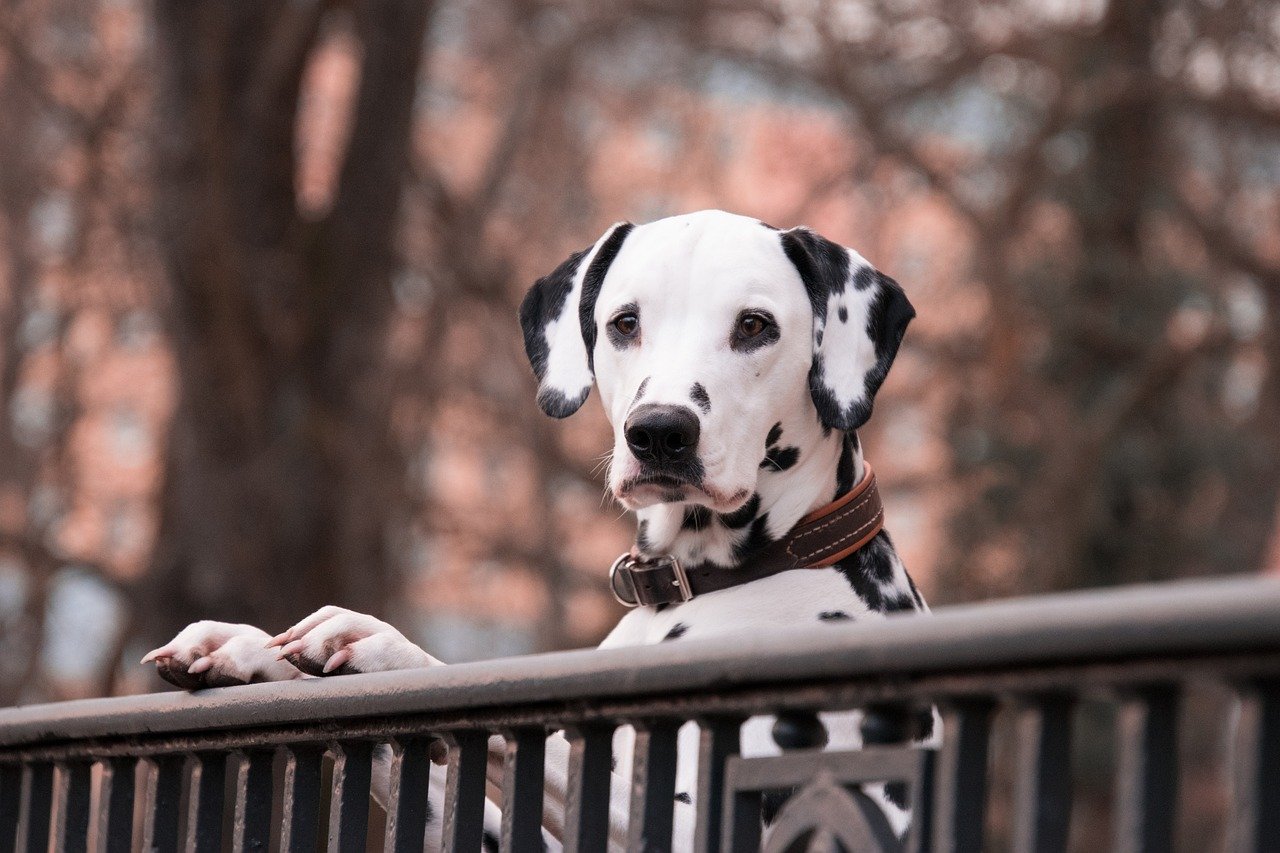
Dalmatians might look like they’ve stepped out of a storybook, but behind those spots is a dog with feelings as vivid as their coat. Many owners are surprised by how sensitive Dalmatians can be to changes in routine, noise, or even criticism. They’re also known for being stubborn, sometimes refusing to obey commands they don’t agree with.
Watch for signs like sulking after scolding, excessive barking at strange noises, or freezing up during training. Positive reinforcement is key—Dalmatians respond better to praise than punishment. Consistency helps, too. If your Dalmatian seems moody or obstinate, remember they’re not being dramatic on purpose; they just feel things deeply and need gentle guidance.
Cocker Spaniel: The Sweetheart Prone to Separation Anxiety

Those soulful eyes and floppy ears make Cocker Spaniels the poster dogs for affection, but that loving nature can backfire when they’re left alone. Many owners only learn about their Cocker’s separation anxiety after returning home to chewed furniture or a howling neighbor complaint. These dogs bond hard, and being apart can cause real distress.
Early warning signs include pacing, whining as you prepare to leave, or following you from room to room. Prevention means practicing short separations early, using puzzle toys for distraction, and not making departures or arrivals a big event. Some Cockers benefit from crate training or even professional help if anxiety escalates. It’s a tough issue, but with understanding and consistency, your pup can learn that “goodbye” isn’t forever.
Akita: The Quiet Dog With a Guarded Heart
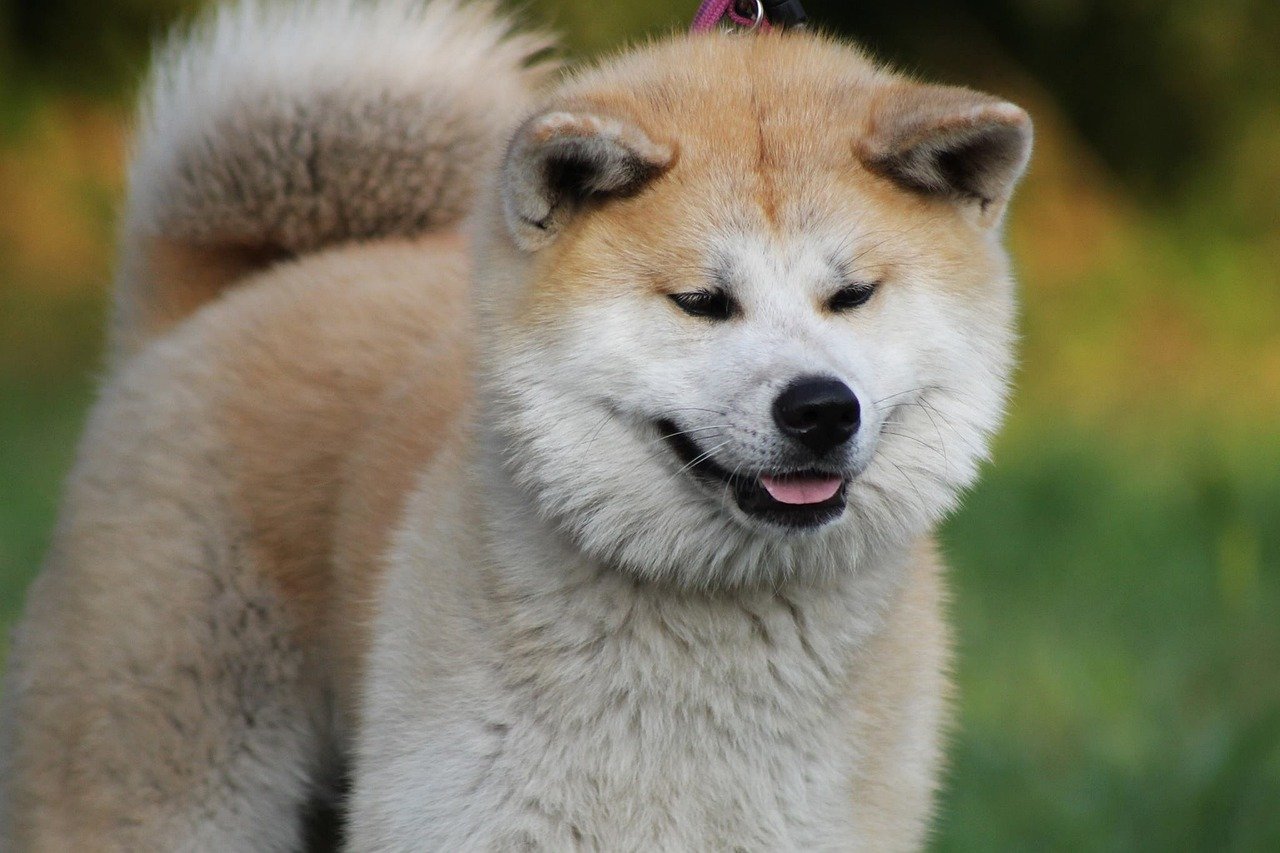
Akitas often come across as dignified and calm, but many owners are surprised by their breed’s strong guarding instincts and reserved personalities. Akitas can be wary of strangers and protective of their families, sometimes leading to aloofness or even aggression if not carefully socialized. Their silence isn’t always shyness—it can signal watchfulness or discomfort.
You might see your Akita placing itself between you and visitors, or showing subtle tension around unfamiliar people or dogs. Early, positive socialization is essential, as is teaching polite greetings and boundaries. If your Akita seems distant, don’t worry—they’re just showing love in their own, quiet way. Respect their space, and you’ll earn their loyalty.
Jack Russell Terrier: The Tiny Tornado With a Mind of Its Own
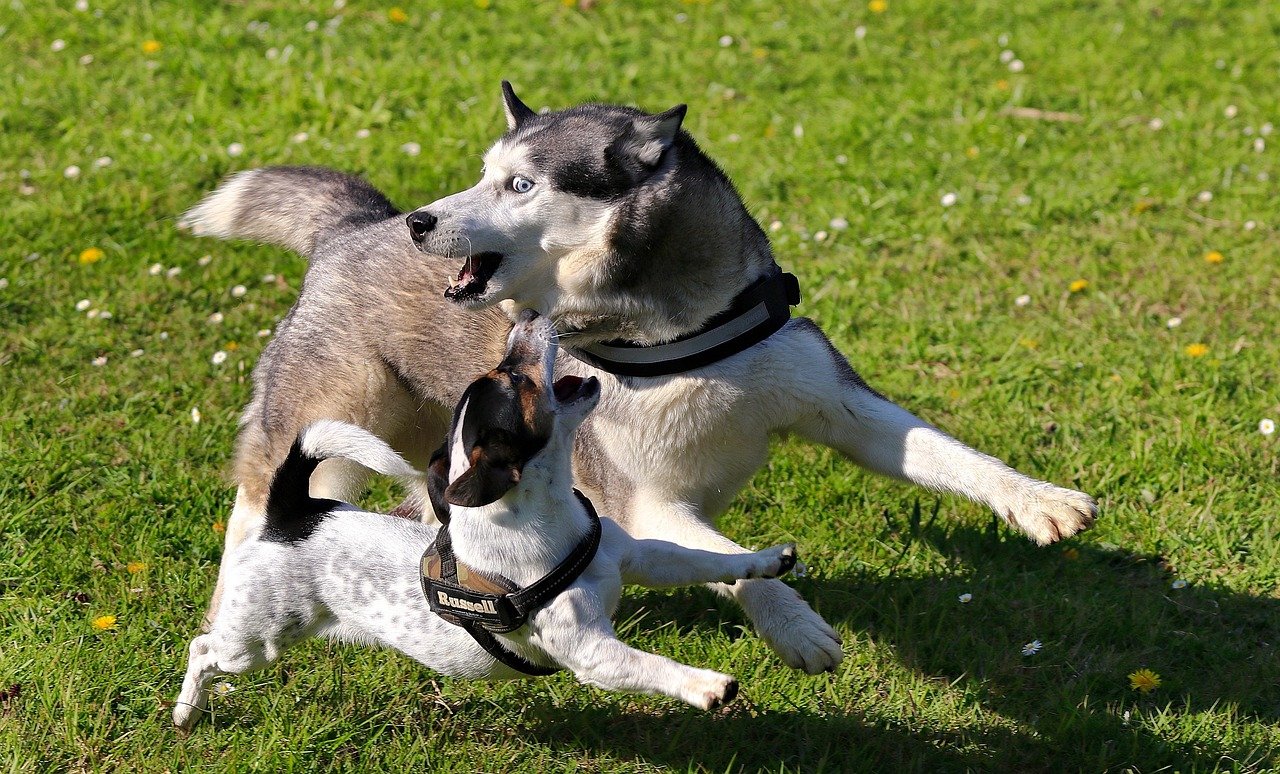
Jack Russell Terriers may be small, but their personalities are anything but. Owners often find out the hard way that these dogs are relentless when bored—digging holes, barking non-stop, or chasing anything that moves. Their intelligence and tenacity can be overwhelming for people who expect a laid-back lap dog.
Typical cues include relentless energy, destructive chewing, or chasing neighborhood cats. Channel that drive with daily exercise, games of fetch, and obedience work. Jack Russells thrive with structure and clear rules. If your little terrier seems like a handful, remember they’re just living up to their reputation as fearless, energetic explorers.
Chow Chow: The Aloof Aristocrat With a Short Fuse
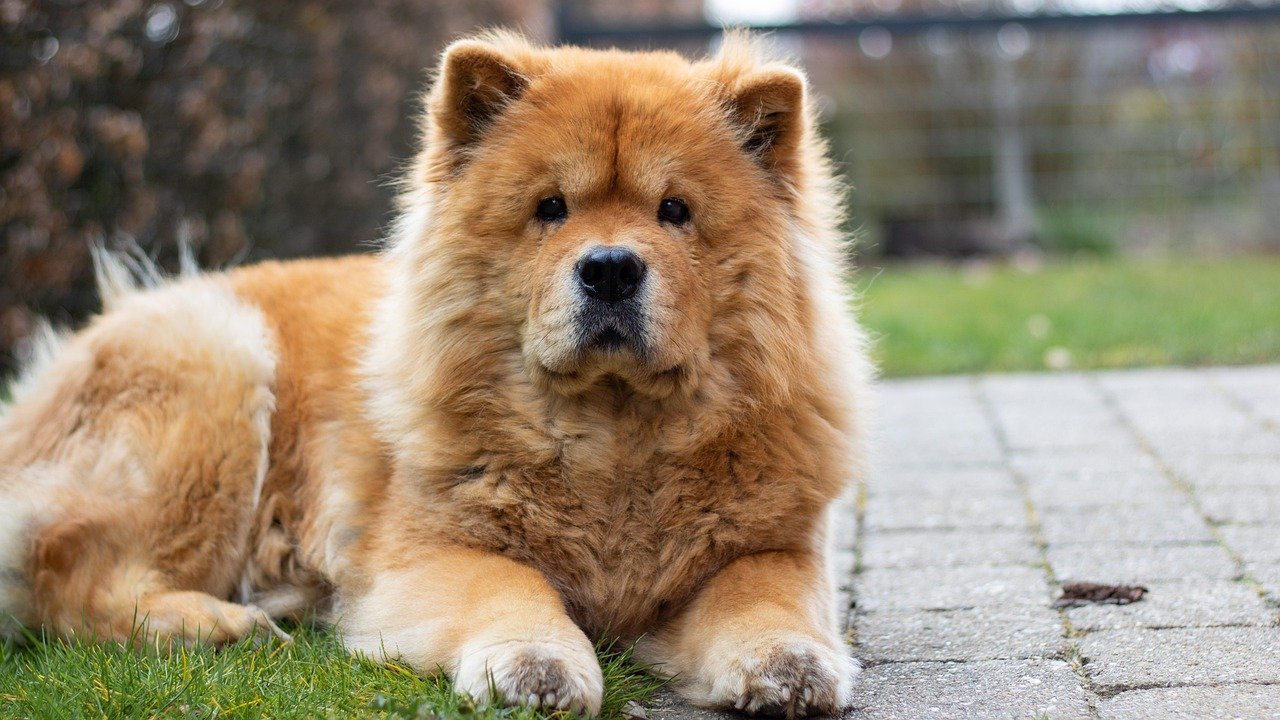
Chow Chows look like fluffy teddy bears, but their personalities can be more cat-like—independent, proud, and sometimes a bit grumpy. Many new owners are surprised by their breed’s low tolerance for rough play or unfamiliar people. Chows can be quick to snap if startled or annoyed, making early socialization critical.
Behavioral cues include growling when touched unexpectedly, stiffening around strangers, or ignoring commands. Respect their boundaries, introduce them to new experiences gradually, and always supervise interactions with children. Chows aren’t big on cuddles, but with patience, you can earn their respect.
Australian Shepherd: The Workaholic With a Side of Nerves

Australian Shepherds are renowned for their enthusiasm and intelligence, but beneath that cheerful exterior, many struggle with anxiety if they don’t have a job to do. Owners are often caught off guard by pacing, nipping at heels, or intense attachment to one person. These behaviors stem from their herding instincts and need for structure.
Watch for signs like barking at every sound, shadow chasing, or restlessness indoors. Providing plenty of exercise, mental games, and consistent routines helps channel their energy. Don’t be surprised if your Aussie seems “on duty” all the time—they’re happiest with clear tasks and lots of love.
Weimaraner: The Velcro Dog Who Can’t Be Alone
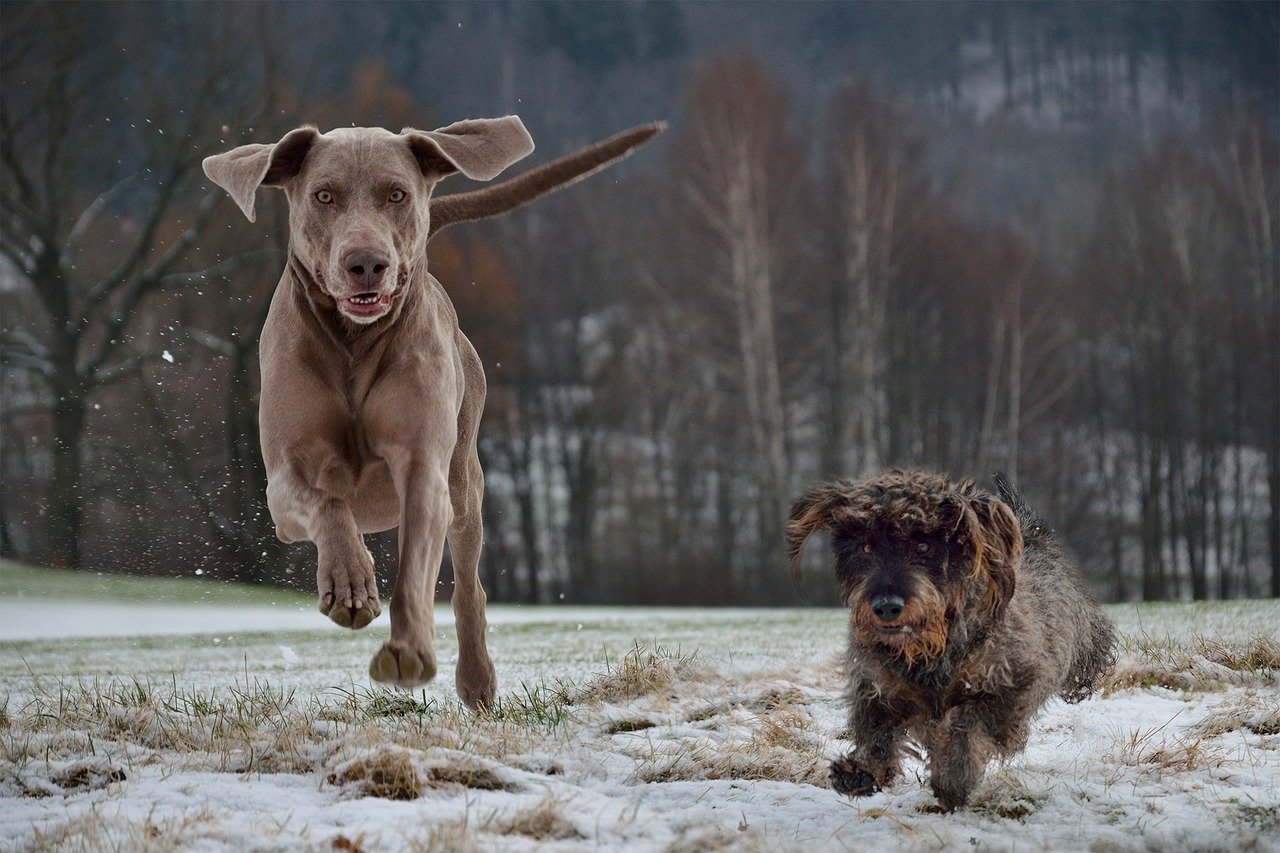
Weimaraners are famous for their sleek looks and loyalty, but that devotion turns into clinginess if not managed early. Many owners don’t realize how intense Weimaraner separation anxiety can be until their dog panics, destroys furniture, or tries to escape whenever they leave the house. This breed forms deep bonds and hates being apart.
Look for signs like constant shadowing, whining when you’re out of sight, or frantic greetings when you return. Gradually teaching them independence, using crate training and enrichment toys, can help. Weimaraners need both company and confidence—striking that balance is key for a happy, healthy relationship.
Shar Pei: The Stoic With Mysterious Mood Swings
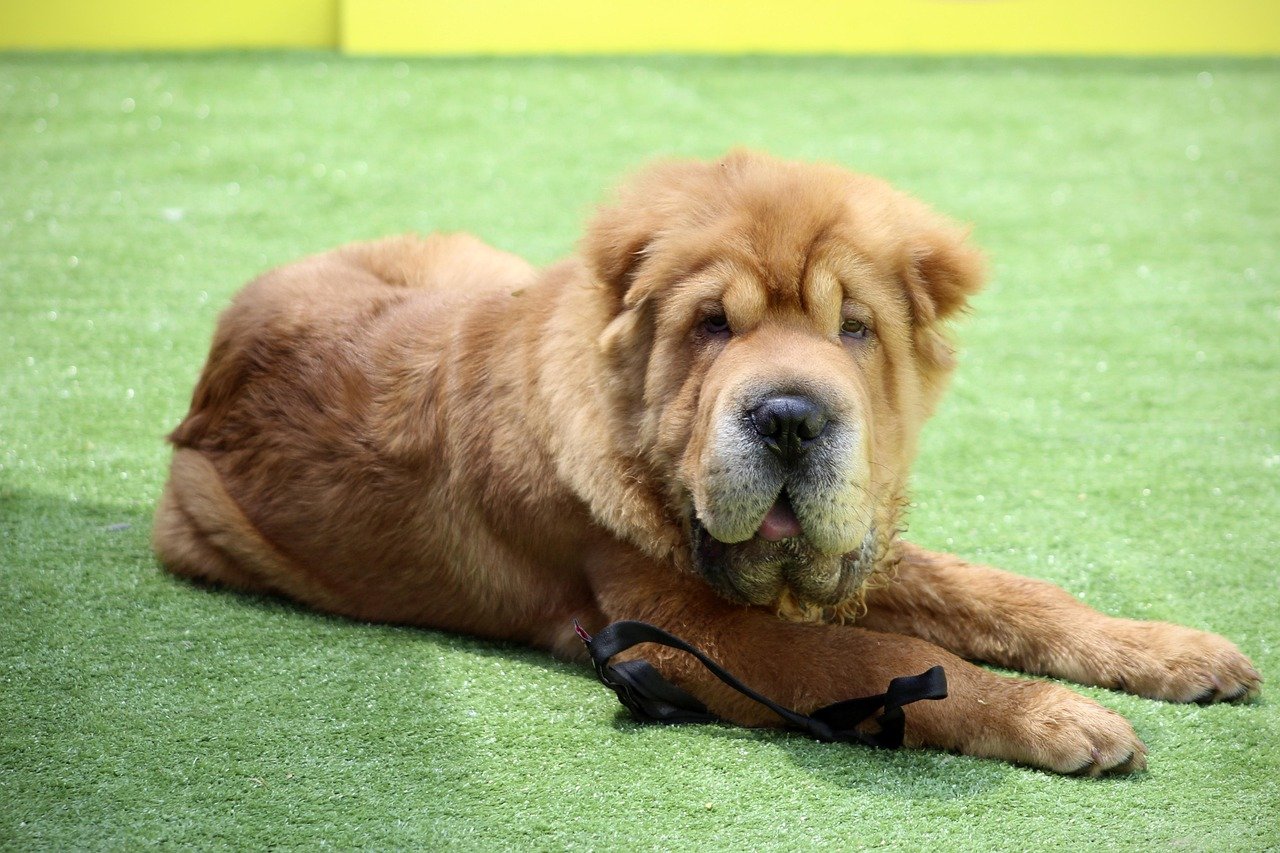
Shar Peis are instantly recognizable with their wrinkled faces and dignified manner, but underneath, they can be puzzlingly moody. Owners sometimes mistake their independence for stubbornness, not realizing these dogs can also be anxiety-prone and reactive in unfamiliar situations. Sudden changes, loud noises, or rough handling can lead to unexpected fear or aggression.
Signs to watch include avoidance, excessive licking, or sudden withdrawal from play. Respect their need for quiet time, introduce new experiences gently, and never force interaction. With patience, Shar Peis reveal themselves as loyal, loving companions, even if they sometimes seem to live in their own world.

Born and bred in South Africa, a Capetonian at heart. Amy-Leigh’s love for nature and animals was inherited from her Dad. He loves taking the family on road trips to experience nature at its finest; Amy-Leigh’s favourite being whale watching in Hermanus and spotting Kudu along the West Coast. Amy-Leigh holds a BA in English Literature and Communication Studies.






